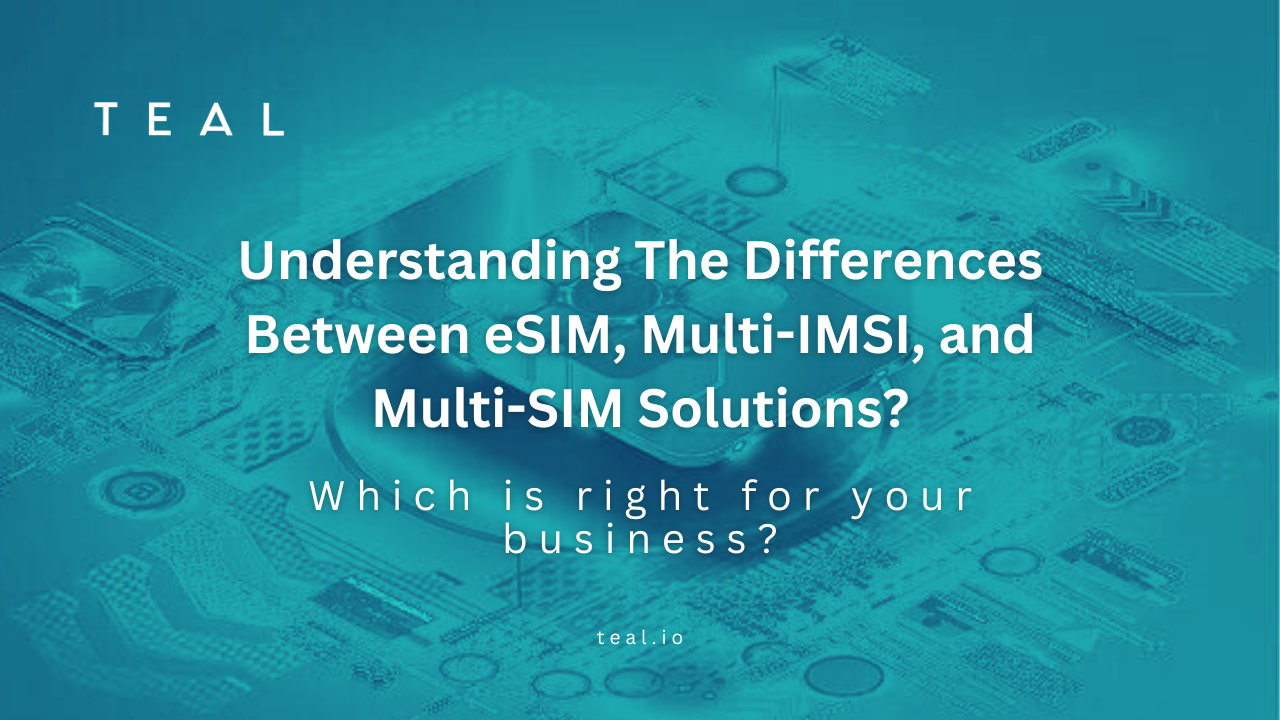Will the Real eSIM Solution Please Stand Up?

The concept of eSIM technology has energized the telecom industry ever since the idea took root in 2016. However, reality hasn’t lived up to the hype for an industry in desperate need of true innovation. Half-baked solutions with fragmented eSIM features from both Tier 1 and Tier 2 operators have created confusion around what a “true” eSIM can and should do.

We’ve encountered many device makers who want to utilize eSIM technology but find themselves asking, “Why can’t eSIM do more?”
To answer the question, it’s crucial to consider who has been providing eSIM technology over the past couple of years: carriers, module manufacturers, and MVNOs.
In the case of a carrier, it’s actually a very simple answer as to why eSIM can’t do more. It’s not in the carriers’ best interest to allow a device maker to program another carrier into their devices. For instance, would Carrier A truly want to empower their customer with the ability to reprogram a device to work on Carrier B or C instead?
Similarly, an eSIM from a module manufacturer is only truly designed to push hardware subscriptions and, thus, lacks the features and benefits of a robust eSIM platform. These “eSIMs” are really just bare-minimum connectivity solutions bundled with hardware so the module manufacturer can generate additional revenue.
In the case of MVNOs, an eSIM is simply a delivery vehicle for roaming agreements. This leaves device makers without the ability to leverage multiple first-party agreements and without the ability to truly control connectivity on their devices.
At Teal, we believe that eSIM technology should be better, which is why we have worked hard to build a next-generation solution.
eSIM should be a carrier-neutral hardware addition for IoT devices that opens the door to a myriad of global connectivity options. It should end roaming by integrating and unlocking every conceivable carrier in the world. It should provide the ability to onboard and negotiate custom carrier agreements. It should be intelligent and automatically reprogram itself when variables change. And most importantly, it should give every device operator independent control over how their devices get connected.
In summary, eSIM should be about much more than selling or reselling connectivity. It should be about giving device makers unparalleled control over how and where they get connected.
Unfortunately, until recently, every eSIM attempt has fallen short of the true innovation needed to deliver on this promise.
So…will the real eSIM solution please stand up?
Recent Posts
How Reliable Connectivity Is Keeping Our Planet Clean and Green
Teal Communications Staff2024-04-23T14:42:32+00:00
What Are The Differences Between eSIM, Multi-SIM, Multi-IMSI, and MVNO Solutions?
Teal Communications Staff2024-04-22T14:49:27+00:00
Revolutionizing Global BVLOS Drone Operations with Advanced eSIM Technology
Teal Communications Staff2024-04-03T14:24:37+00:00




